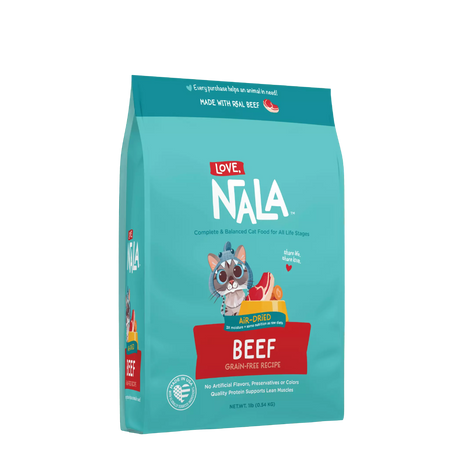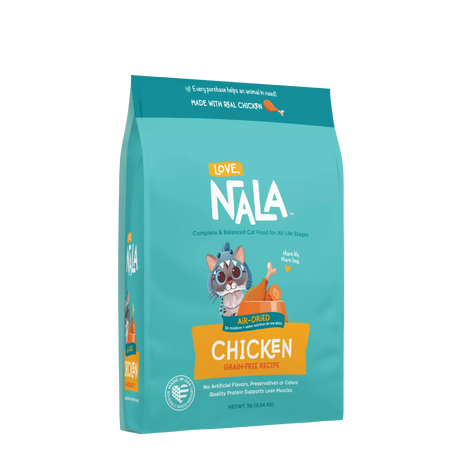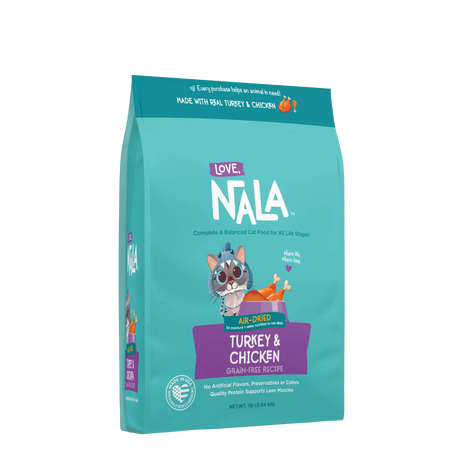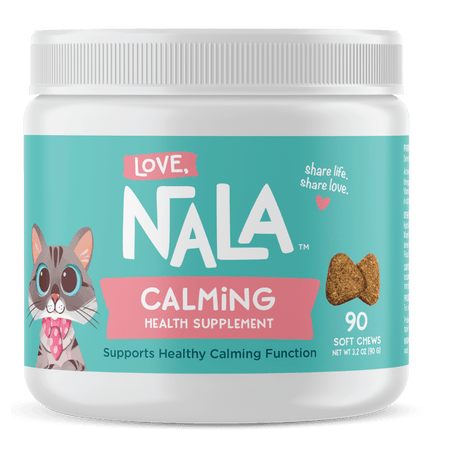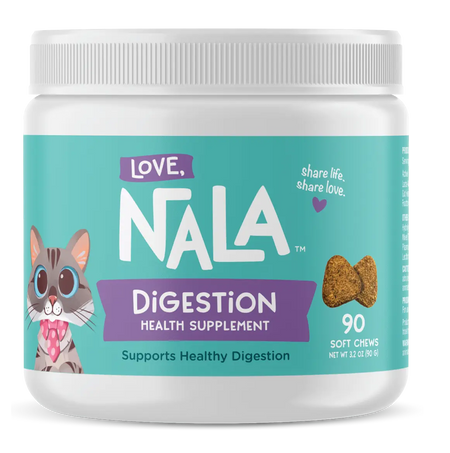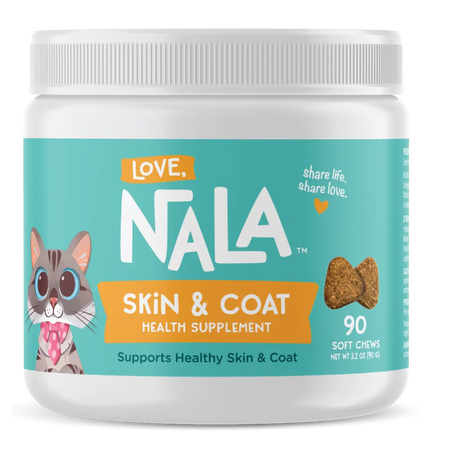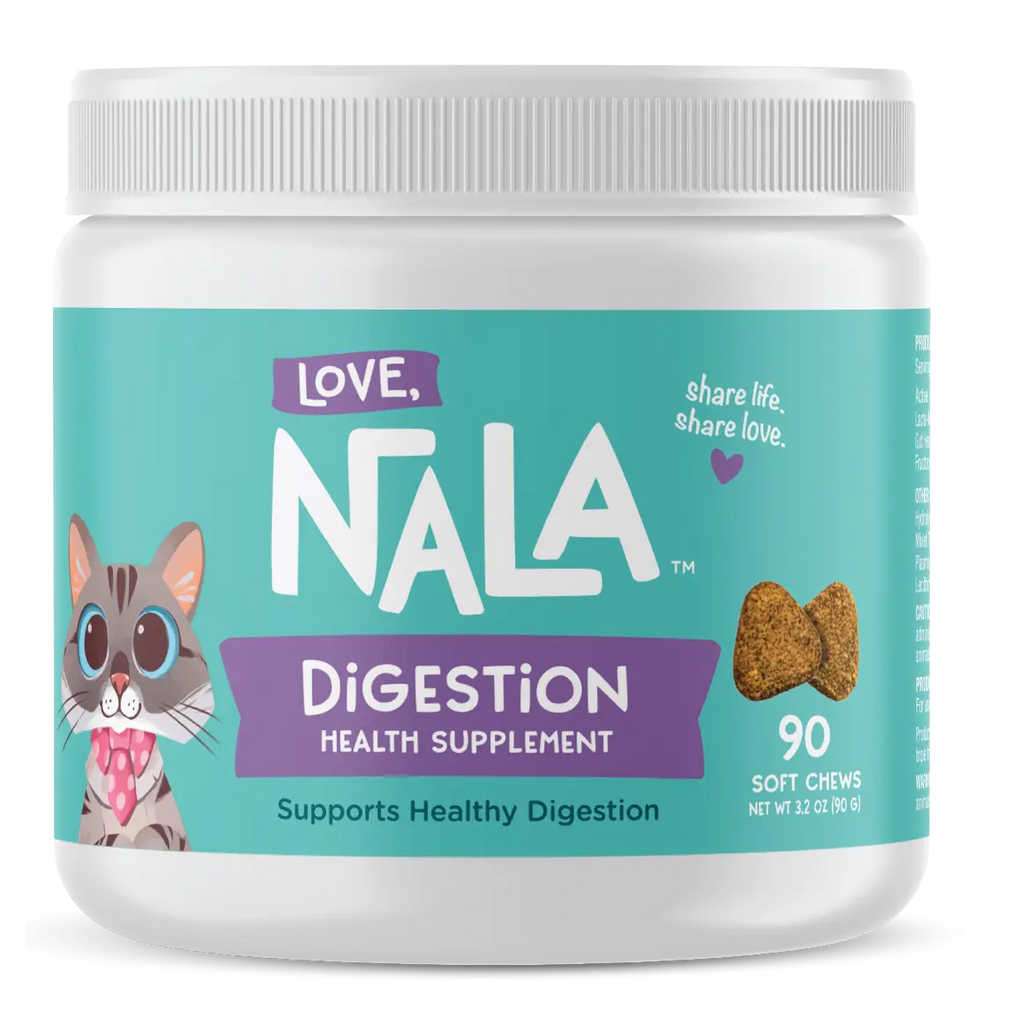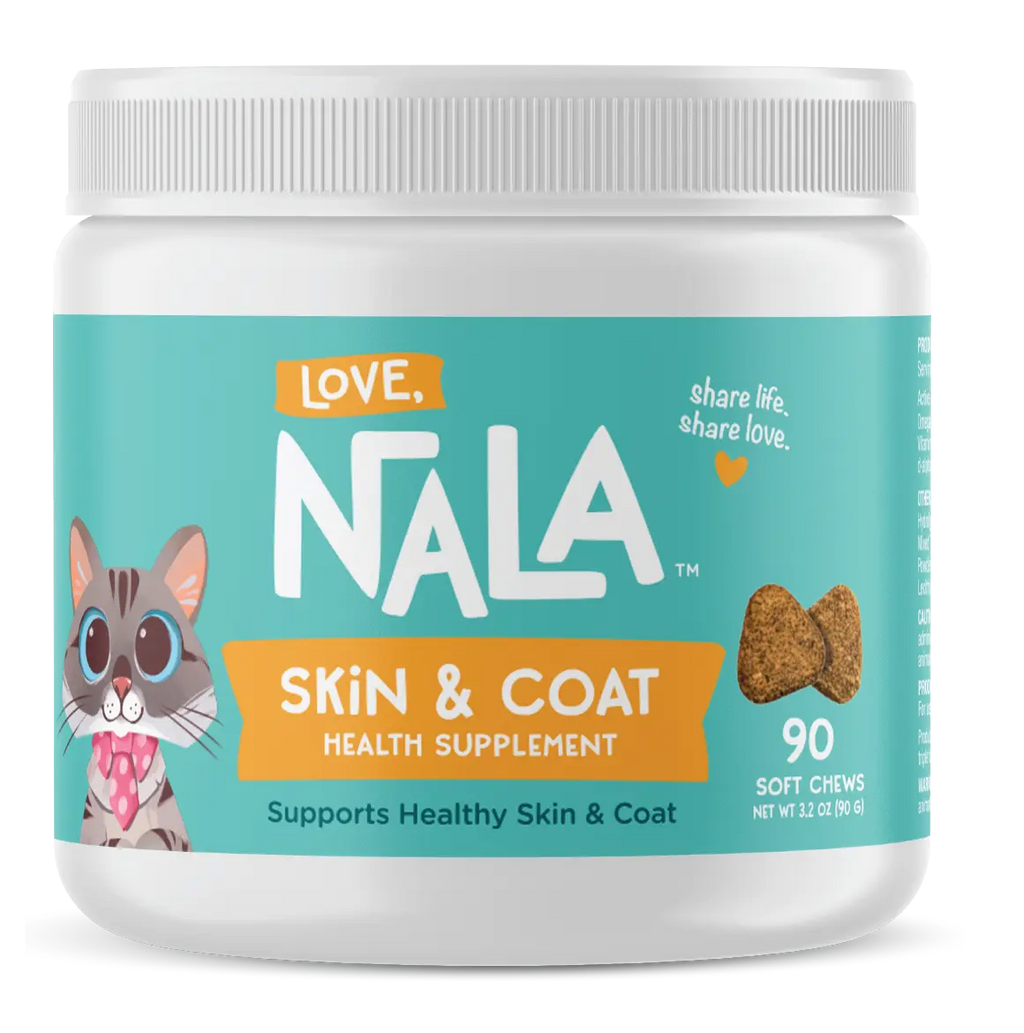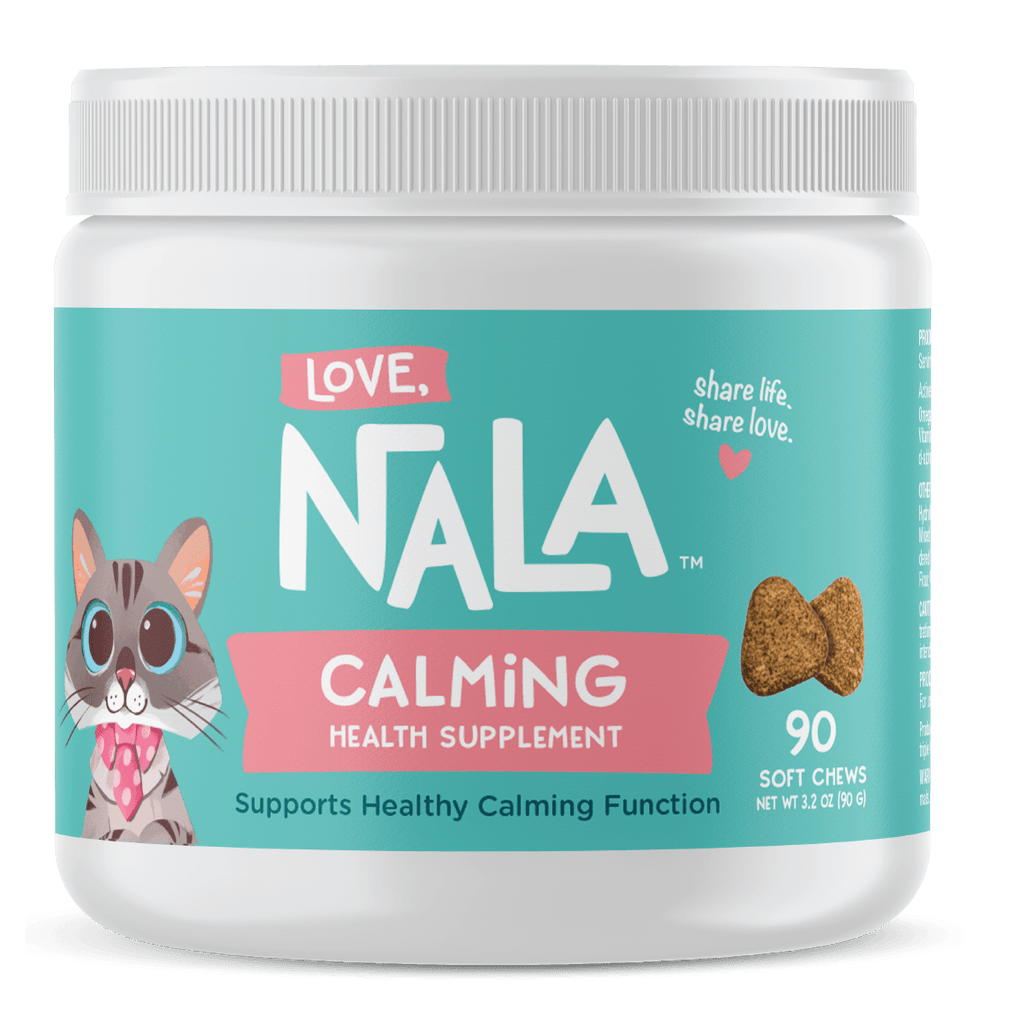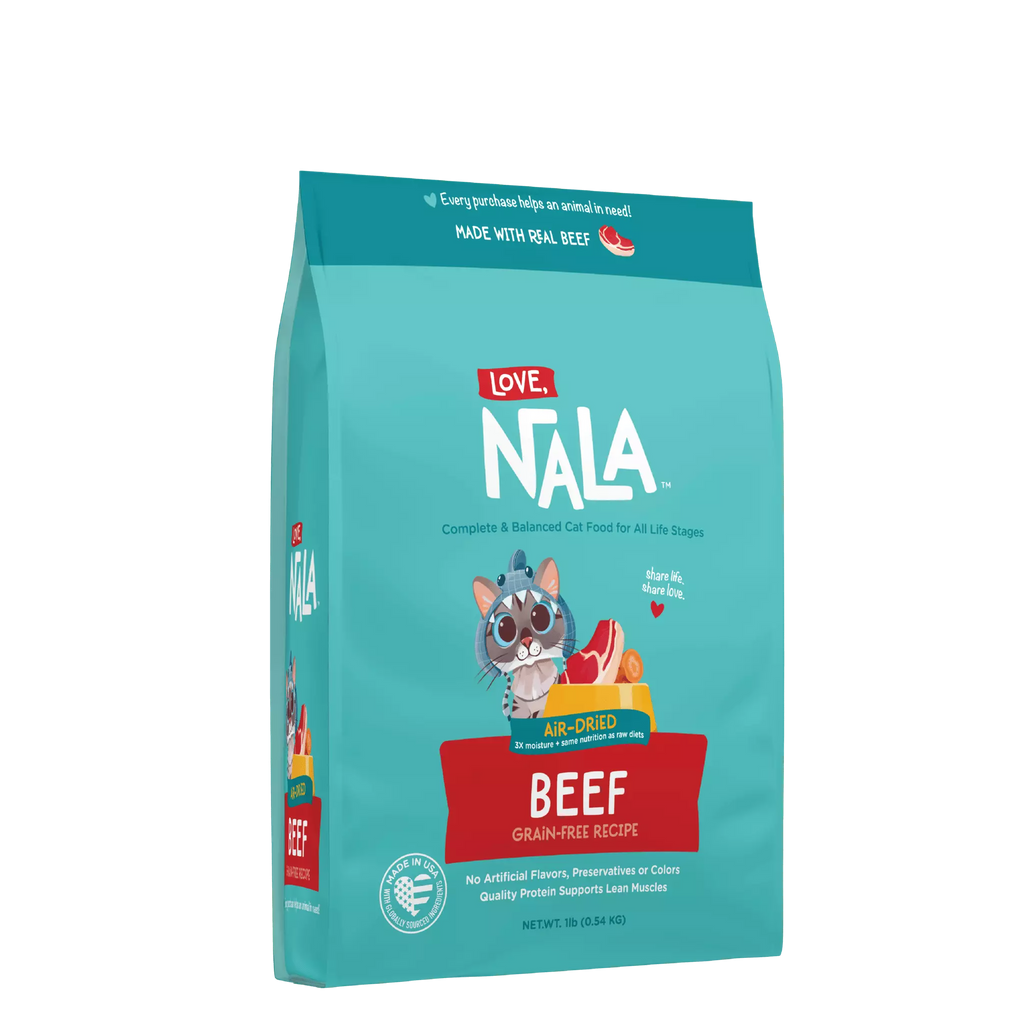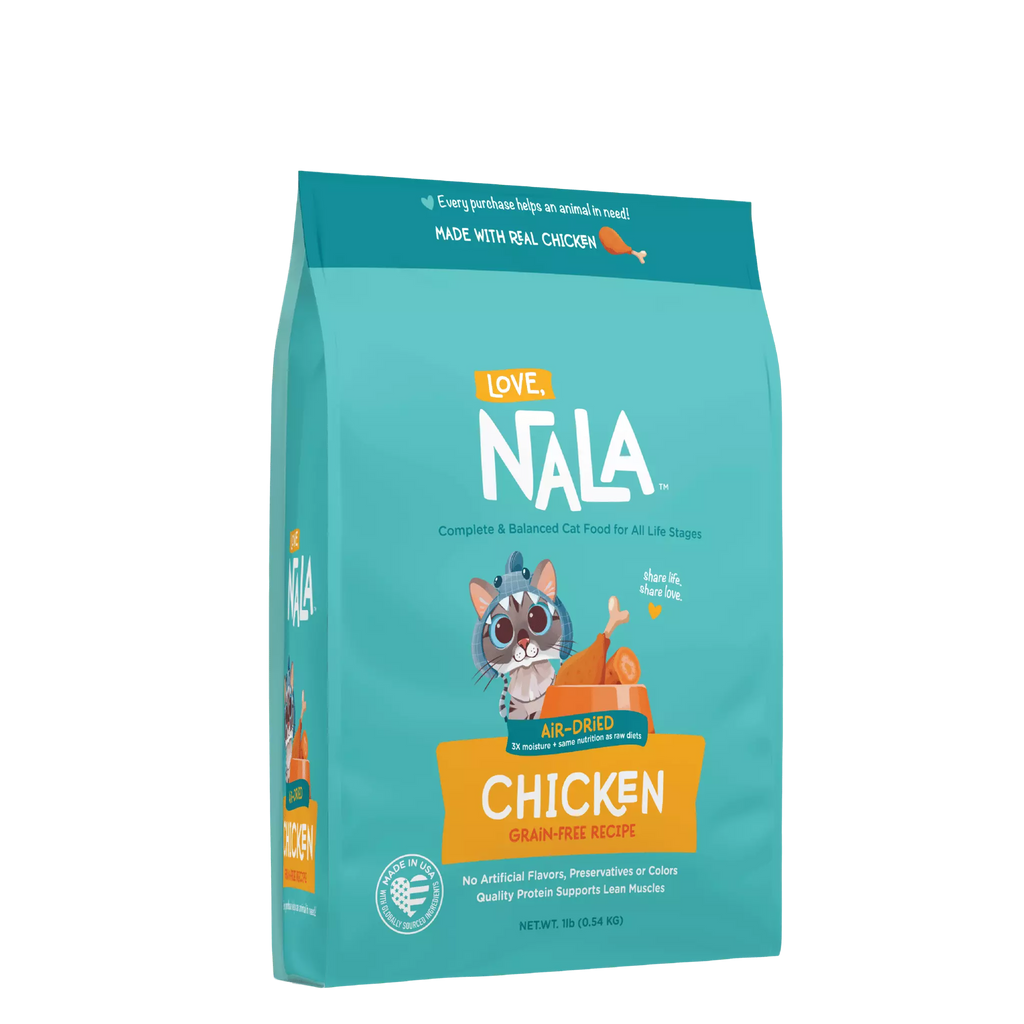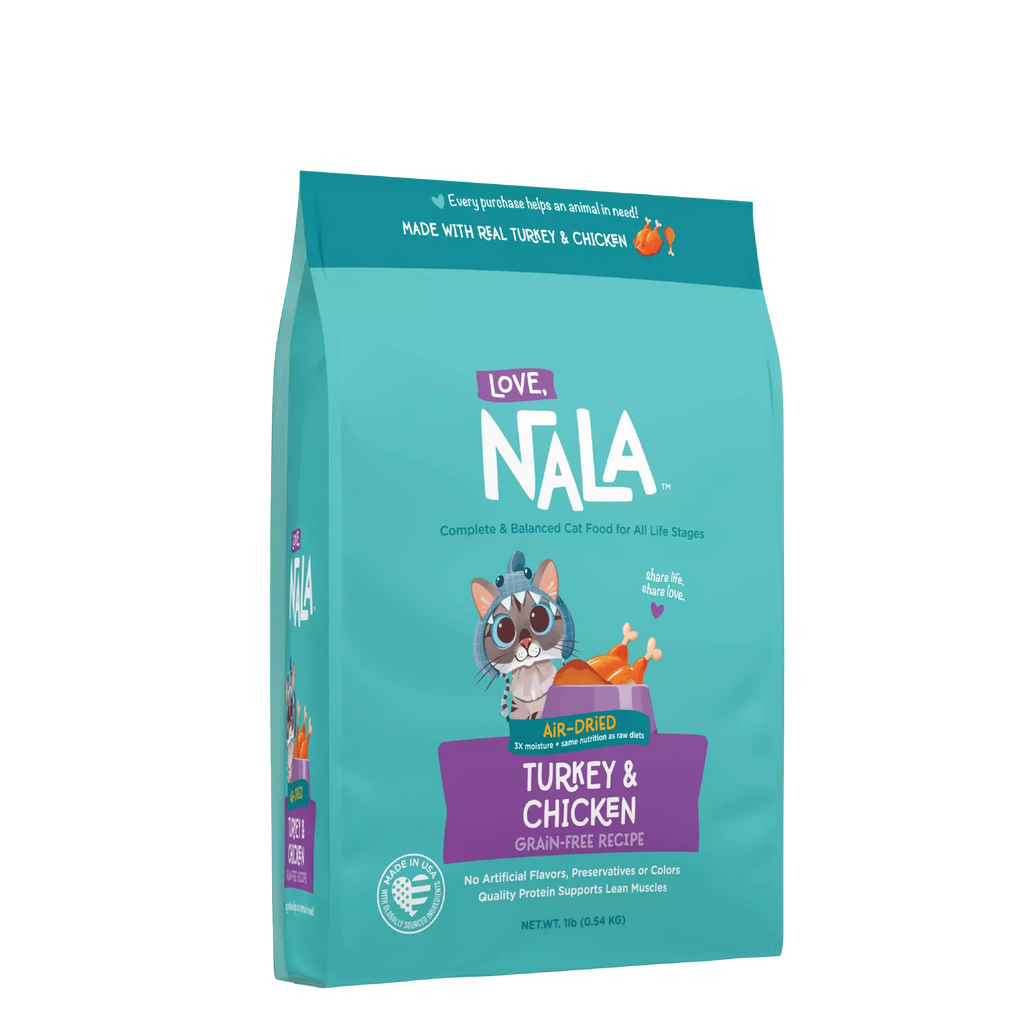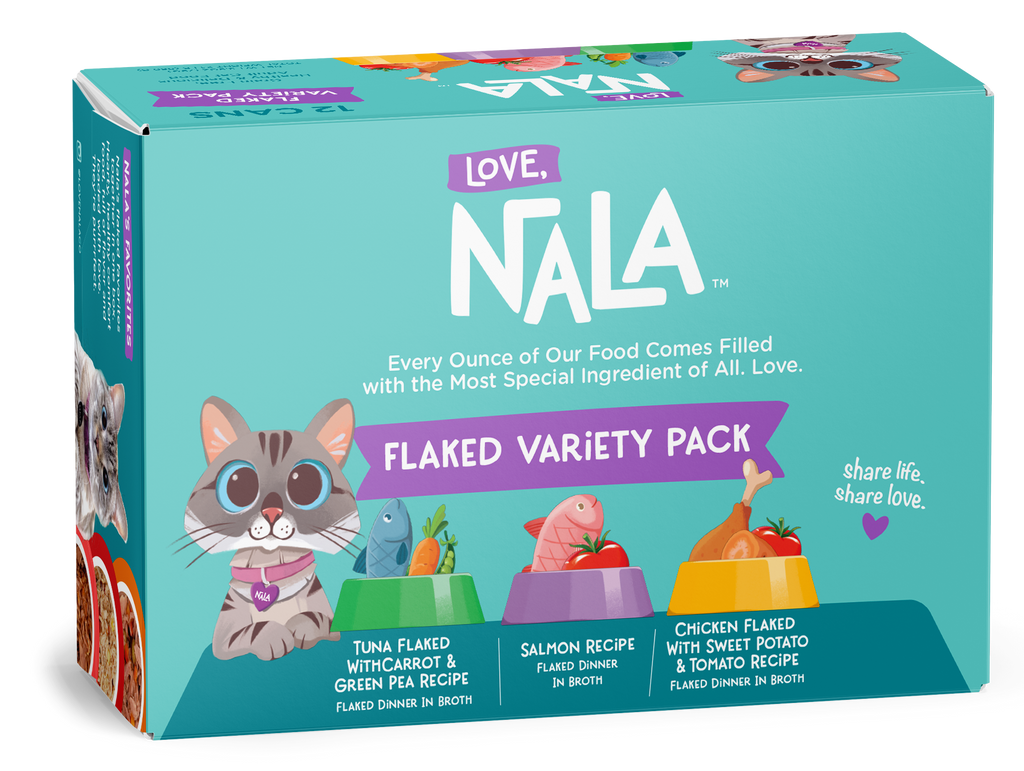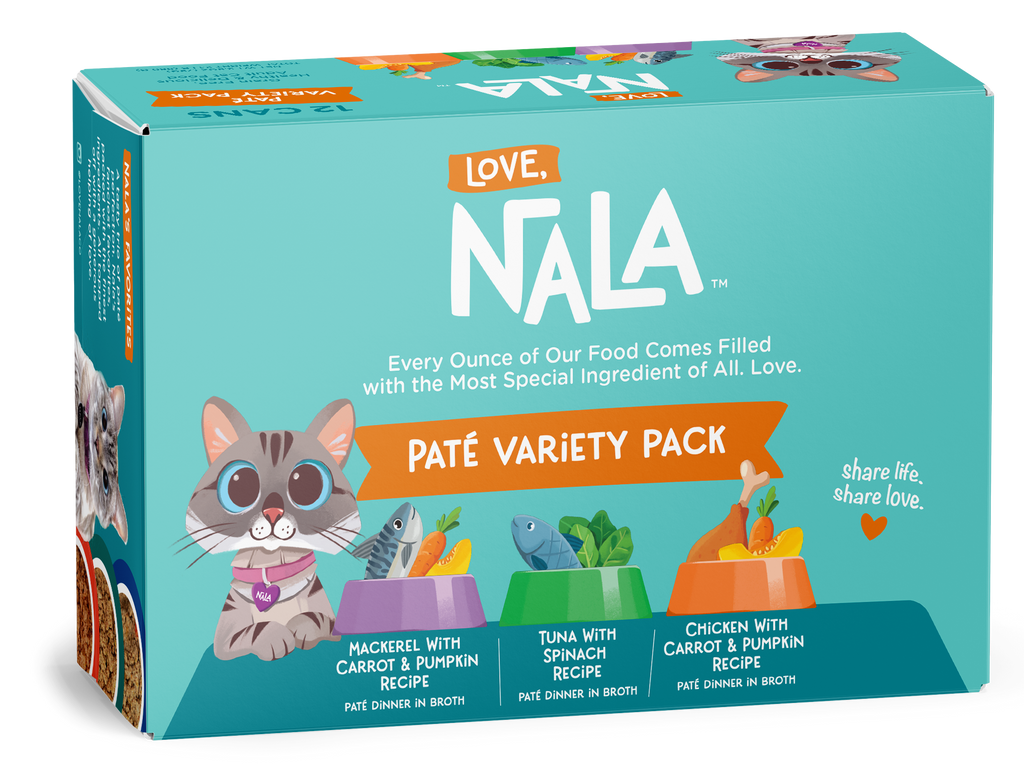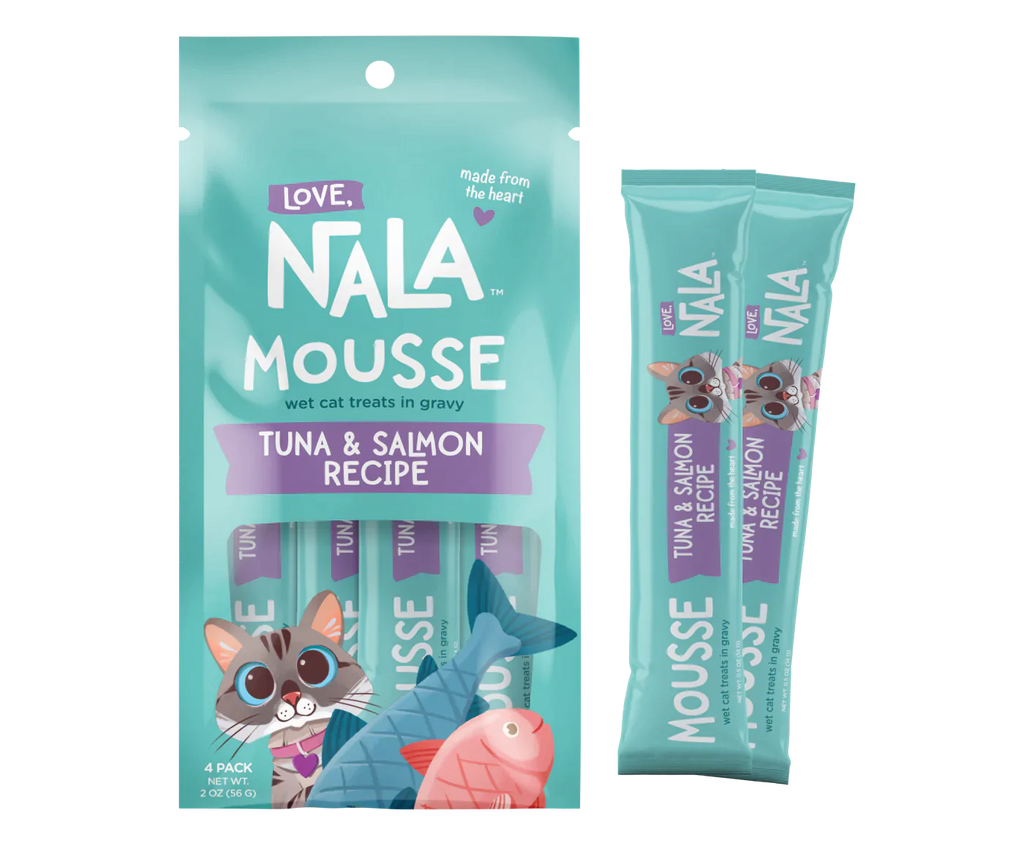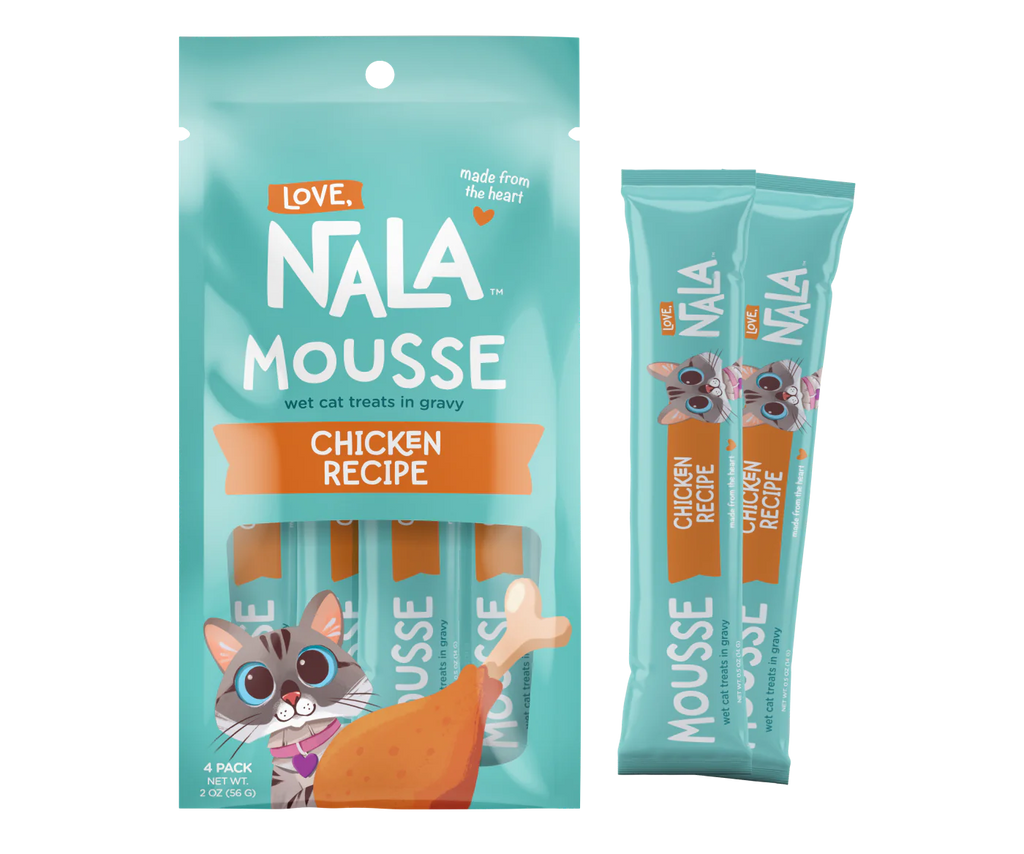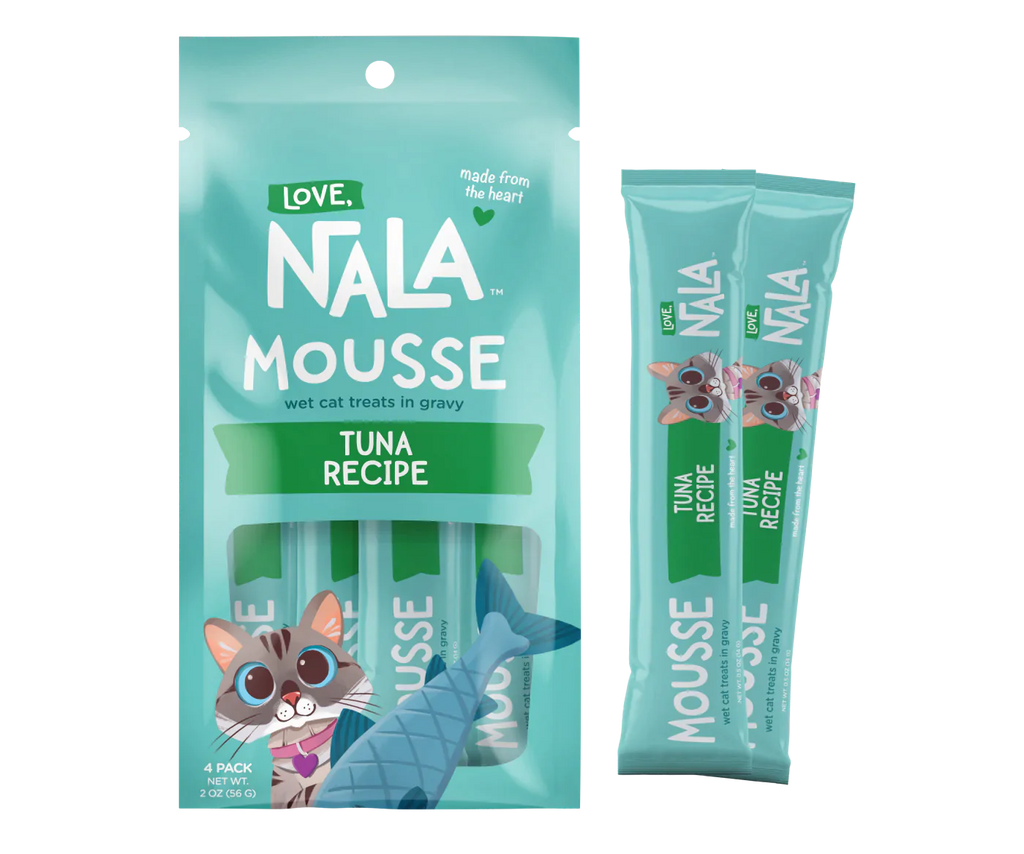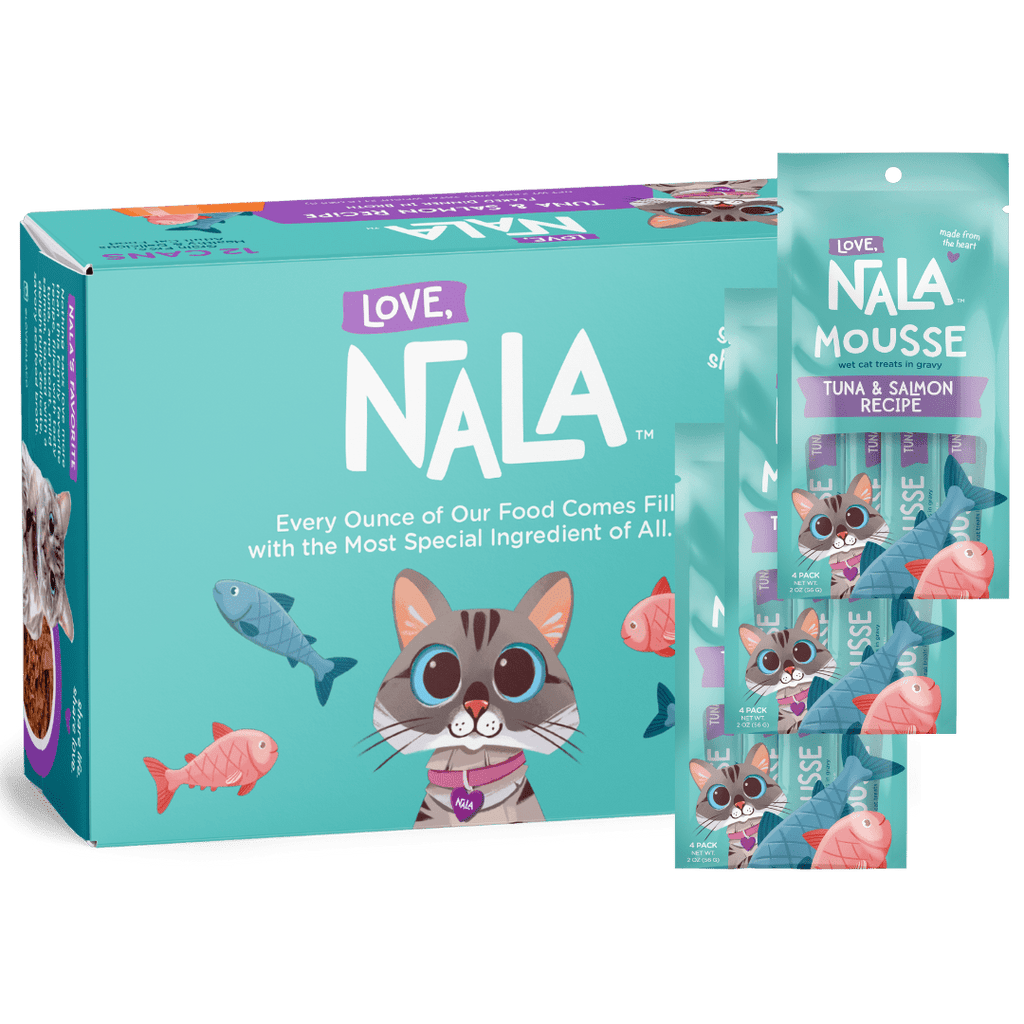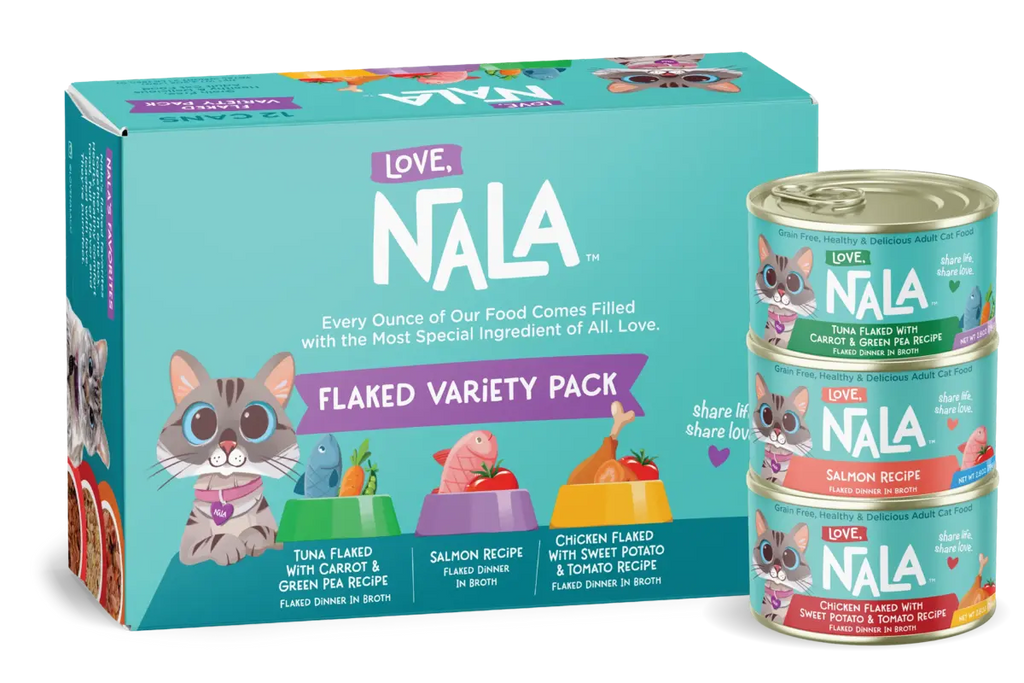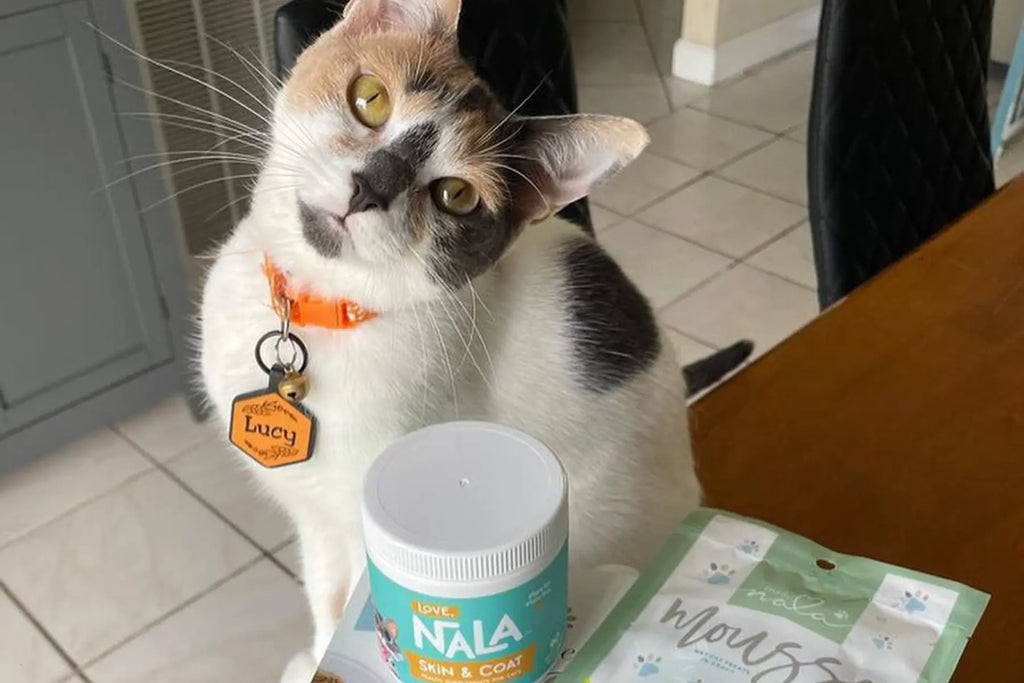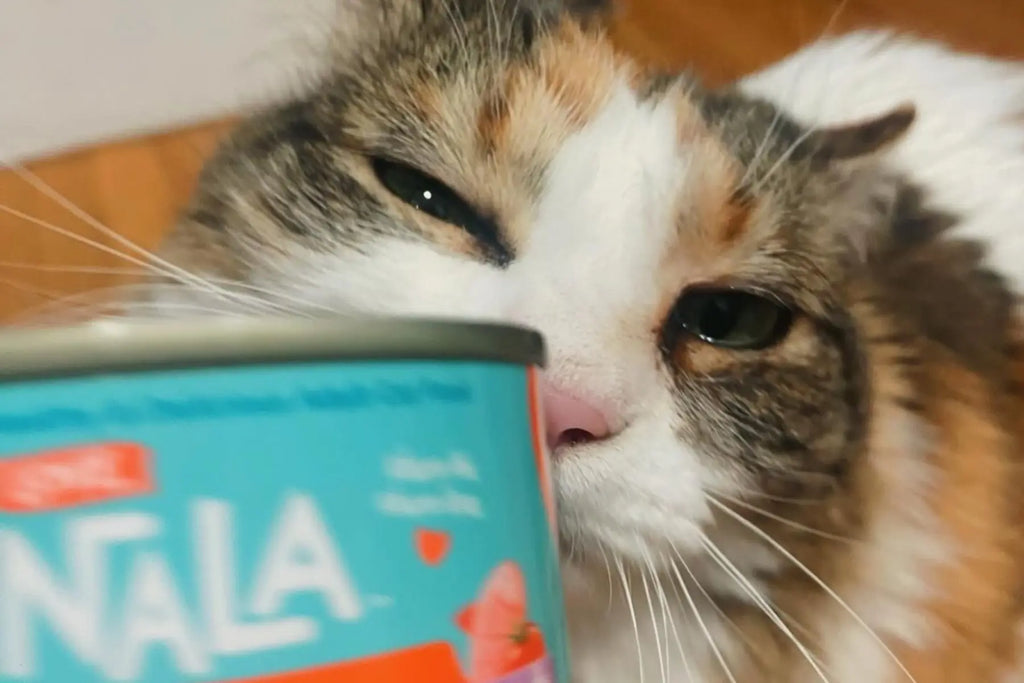Cats are obligate carnivores, meaning their bodies are finely tuned to extract nutrients primarily from animal-based sources. Unlike omnivores such as humans and dogs, cats have a digestive system that is specialized for processing meat. This makes introducing vegetables for cats a consideration that needs careful planning. Their protein-rich diet is crucial for essential functions such as vision, reproduction, and heart health.

Identifying Safe Vegetables for Cats
Carrots
Carrots are a fantastic source of vitamin A, which is vital for maintaining good vision in cats. The fiber content in carrots helps in regulating the digestive system, preventing issues like constipation. When introducing carrots into your cat’s diet, they should be cooked and mashed or finely chopped to enhance digestibility. This makes them a great addition to any best canned cat food that aims to support overall health and well-being.
Peas
Peas are also excellent cat-friendly vegetables that can be safely added to your feline’s meals. They are not only rich in vitamins C and K but also provide a good amount of fiber, which supports the digestive tract. Peas can be an occasional treat or a regular part of your cat’s diet, mixed into their usual food. They are small and soft enough not to cause choking hazards when cooked, making them a safe choice for both adult cats and kittens.
Zucchini
This is a low-calorie vegetable that is high in fiber, making it ideal for cats who need to maintain a healthy weight. It's also gentle on the stomach and can help in solving issues like irregular bowel movements. Adding finely chopped or pureed zucchini to your cat’s regular food can enhance their fiber intake without adding unnecessary calories. This vegetable is particularly beneficial in diets aimed at weight management and can be found in healthy canned cat food varieties that focus on holistic feline health.
Spinach
It is packed with nutrients beneficial for cats, including iron, magnesium, and vitamins A, C, and K. However, it should be given in moderation due to its high oxalate content, which can contribute to kidney issues in some cats. When used sparingly and with proper veterinary guidance, spinach can be a healthy addition to a vegetable-based cat diet. It's important to cook spinach thoroughly to reduce the risk of any adverse effects, making it a suitable component of balanced the best-canned food for cats.
Steps to Introduce Vegetables to Your Cat’s Diet
Mixing Vegetables with Regular Food
To encourage your cat to try new vegetables, mix them into their existing best-canned kitten food. The familiarity of their usual meal combined with small amounts of new vegetables helps ease the transition. Opt for vegetables that complement the flavor profile of the canned food, such as mixing peas to enhance both taste and nutritional value.
Gradually Increasing the Quantity
Once your cat shows a positive response to vegetables, gradually increase the amount in their diet. Begin with a ratio of about ten percent vegetables to ninety percent regular food, and slowly adjust based on your cat's acceptance and digestive response. By using this technique, you may monitor your cat's progress in adjusting to the new diet component and help prevent intestinal upset.
Monitoring for Acceptance and Digestive Health
Vegetables can be a nutritious addition, but it's vital to observe how your cat reacts to this change. Below is a detailed guide that outlines the steps you should take to assess your cat's adaptation to new dietary components:
- Observe Eating Habits: It's important to monitor how your cat responds to the introduction of vegetables. Some cats may initially be hesitant to try new foods, so observing whether your cat willingly consumes the vegetables or avoids them is crucial. Patience is necessary as cats can often take some time to adjust to new tastes and textures. Watching their eating habits over several days or weeks can provide insights into their preferences and acceptance levels.
- Check Digestive Response: After introducing vegetables, closely monitor your cat for any signs of digestive discomfort. Symptoms to watch for include diarrhea, constipation, or any other unusual changes in bowel movements. Vegetables are generally known to aid in digestion due to their fiber content, but each cat's digestive system may react differently. Noticing these signs early can help prevent any long-term health issues.
- Evaluate Overall Health: Beyond just the digestive response, it's important to assess your cat's overall health following the dietary change. Look for changes in energy levels, the quality of their coat, and general wellbeing. Positive changes in these areas might suggest that the dietary addition of vegetables is beneficial. Any negative changes should be addressed by reconsidering the vegetable content in their diet or consulting a veterinarian.
- Adjust Portions as Needed: Based on your observations, adjustments to the amount of vegetables included in your cat's diet may be necessary. It's essential to maintain a balanced diet where the primary source of nutrition is still protein. Adjusting the vegetable portions should be done gradually and with careful consideration of your cat's specific nutritional needs and preferences.
It requires ongoing observation and adjustments to ensure that the diet remains balanced and beneficial. Always prioritize your cat's health and comfort while making dietary changes, and consult a veterinarian if you notice any concerning health issues.
Benefits of Vegetable-Based Cat Food
Choosing High-Quality Vegetable-Based Foods
When selecting vegetable cat food options, it's crucial to choose high-quality foods that balance vegetable and meat ingredients effectively. The best-canned food for cats often includes vegetable components that are carefully chosen to complement the nutritional profile of the primary meat ingredient, ensuring your cat receives all necessary nutrients without excessive carbohydrates or fillers.
Avoiding Over-Reliance on Plant Ingredients
While vegetables can enhance a cat's diet, it is important to avoid over-reliance on them as the primary source of nutrition. Cats require a diet that is predominantly based on animal proteins. Excessive plant-based ingredients can lead to nutrient imbalances and should not replace the essential animal-based components of their diet. Always ensure that any vegetable chosen is primarily meat-based with vegetables acting as a supplementary ingredient, not the main focus.

Best Canned Cat Food Options with Vegetables
Top Canned Cat Food Brands
Reviewing and comparing the best cat canned food brands can guide you in finding the best option for your feline friend. Look for brands that have a strong reputation for quality and customer satisfaction. Reviews can provide insights into how other cats have responded to these foods, both in terms of taste and digestibility, which is invaluable for making an informed choice.
Best Practices for Selecting Canned Foods
When selecting canned food for cats, whether it's for a kitten or an adult cat that includes vegetables, it's crucial to prioritize nutrition and palatability to ensure your pet is both healthy and happy. The selection process involves a careful examination of various aspects of the food. Here's a guide:
- Read Ingredient Labels: When choosing canned cat food, it is essential to scrutinize the ingredient list. High-quality protein should be the primary ingredient, ideally listed first to confirm its predominance in the formula. Vegetables should also be included, but as supplementary elements, providing additional vitamins and minerals.
- Verify Nutritional Adequacy: It is critical to ensure that the canned food adheres to the nutritional standards set by the AAFCO Cat Food Nutrient Profiles. This verification is necessary to confirm that the food provides all the necessary nutrients required for your cat’s specific life stage, be it growth, maintenance, or reproduction.
- Consider Specific Health Needs: Select a canned food formula that specifically addresses any health issues your cat may be facing. For example, formulas designed to support kidney health or manage weight are available and can be beneficial for cats with these particular needs.
- Sample Small Quantities First: Cats can be notoriously picky eaters, so it's wise to purchase small cans or obtain samples to test your cat’s acceptance of new food. This approach allows you to verify that your cat not only enjoys the food but also digests it well without adverse reactions before you invest in larger quantities.
Choosing the right canned cat food involves more than just picking a flavor or brand; it requires a comprehensive approach to ensure your cat’s nutritional needs are met and their health is maintained. By following these best practices, you can make an informed decision that contributes to the well-being of your beloved pet.
Advantages of Canned Salmon Cat Food
Rich in Omega-3 Fatty Acids
Salmon canned cat food is highly beneficial for felines due to its rich content of Omega-3 fatty acids. These essential nutrients play a critical role in maintaining heart health, reducing inflammation, and supporting cognitive function. Omega-3s are also crucial for maintaining a shiny, healthy coat and can help alleviate skin allergies. Introducing salmon-based foods into your cat's diet not only enhances their overall health but also provides a tasty variety they're likely to enjoy.
Benefits for Coat and Skin Health
The natural oils found in salmon are excellent for a cat’s coat and skin health. Regular consumption of salmon can lead to visible improvements, such as a glossier coat and healthier skin. This can be particularly beneficial for cats suffering from dry or itchy skin conditions. The addition of salmon to their diet, especially when combined with other nutrient-rich vegetables, ensures that your pet not only looks better but feels better too.
Importance of Natural Ingredients
Choosing canned cat food that prioritizes natural ingredients minimizes the exposure of pets to artificial additives and preservatives, which can be harmful over time. Foods that boast minimal processing typically maintain more of the natural nutrients found in raw ingredients, providing cats with a diet that's closer to what they would naturally consume in the wild.
Preparing Homemade Meals with Vegetables
Recipes for Balanced Cat Meals
Creating homemade meals for your cat allows you to precisely control the ingredients, ensuring a balanced and nutritious diet. Recipes should include a combination of high-quality proteins, such as chicken or fish, with a small portion of vegetables for added vitamins and minerals. For instance, a simple homemade meal might consist of finely chopped cooked chicken, mashed peas, and carrot bits, ensuring that the majority of the meal is protein with vegetables serving as a supplement.
Cooking Tips for Nutritional Preservation
To preserve the nutritional value of both the meat and vegetables in homemade cat food, it is important to cook ingredients at the right temperatures and for the appropriate lengths of time. Overcooking can destroy essential nutrients. Steaming or boiling vegetables until just tender and lightly cooking meats can help retain their beneficial properties while making them safe and digestible for your cat.

Safety and Hygiene in Homemade Cat Food
When preparing homemade cat food, it is crucial to maintain stringent safety and hygiene standards to protect your pet’s health. Begin by selecting only fresh, high-quality ingredients that are safe and beneficial for cats. For instance, opt for lean meats like chicken or turkey, and ensure all produce is free from pesticides and thoroughly washed. Before preparation, all cooking surfaces and utensils should be meticulously cleaned to eliminate the risk of cross-contamination with potentially harmful bacteria. Always wash your hands thoroughly both before starting the cooking process and after handling any raw meat or eggs to prevent the spread of pathogens like salmonella.
Equally important is the avoidance of ingredients that are known to be toxic to cats. Foods like onions, garlic, chives, and certain spices, such as those containing salicylates (found in curry powder and paprika), can cause gastrointestinal upset and more severe health issues in cats. Ensure that you never include chocolate, caffeinated items, or alcohol in your cat’s meals. These substances can be extremely harmful, potentially leading to life-threatening conditions.
Enhancing your cat's nutrition through the inclusion of vegetables should always be done with their natural dietary needs in mind. While vegetables can provide supplementary nutrients, they should not overshadow the essential animal-based components of your cat's diet. Keeping this balance is key to promoting optimal health and longevity in your feline friend.
